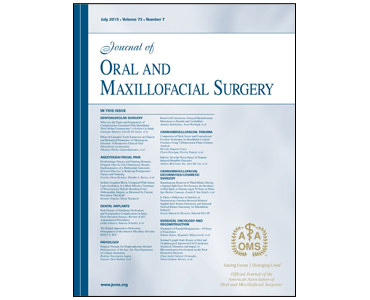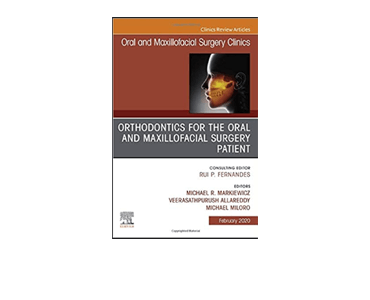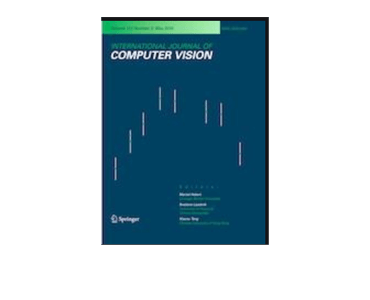Outcome of facial contour asymmetry after conventional two-dimensional versus computer-assisted three-dimensional planning in cleft orthognathic surgery. P Hsu, R Denadai, BCJ Pai et al.
Date: February 2020. Source: Scientific Reports, Volume 10, Article No. 2346, https://doi.org/10.1038/s41598-020-58682-4. Abstract: Computer-assisted 3D planning has overcome the limitations of conventional 2D planning-guided orthognathic surgery (OGS), but difference for facial contour asymmetry outcome has not been verified to date. This comparative study assessed the facial contour asymmetry outcome of consecutive patients with unilateral cleft…









